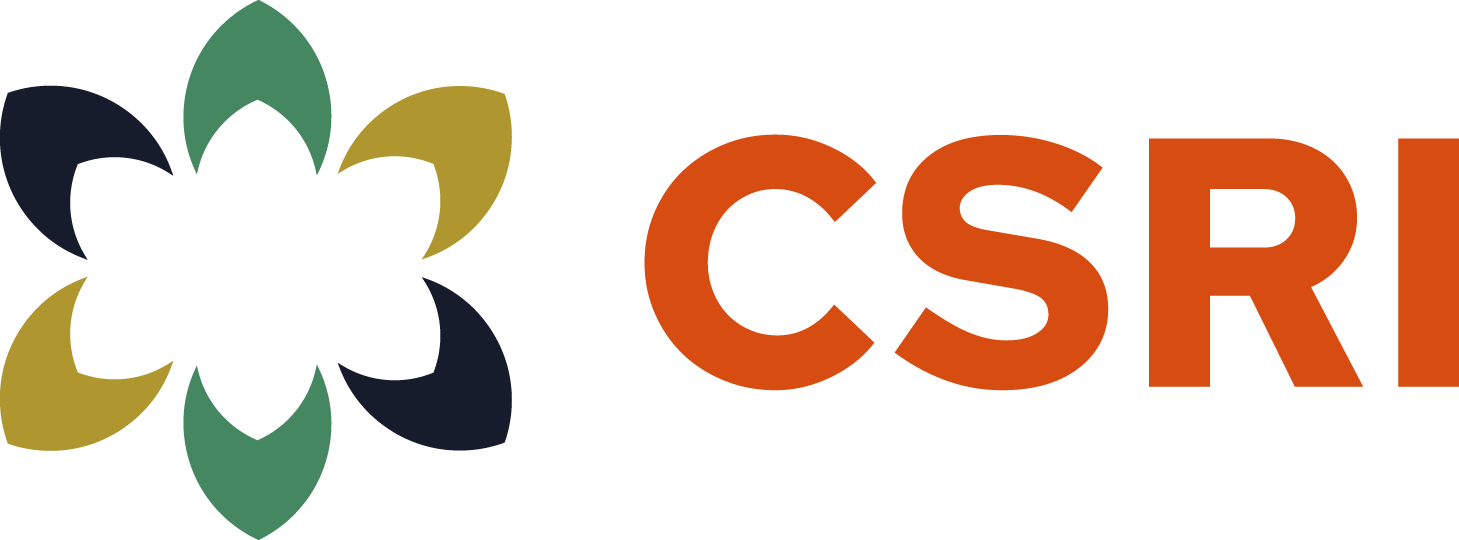The health data utility is a locally governed, public-private resource providing a source of truth for robust clinical and non-clinical data. The benefit to state and other health care system stakeholders: The health data utility can be used to build healthier communities.
To support this work, we have developed the CSRI Health Data Utility Maturity Model.
Some of the efforts to build this model include creating collaborative funding opportunities between public health and state-based health data utilities, providing more definitive language about specific data-sharing use cases, and including interoperability between public health and health care providers as a core tenet of public health modernization efforts.
Specifically, in Colorado, Health First Colorado (the state’s Medicaid program), discovered stark disparities on ethnic and racial lines with vaccine rates. With access to data provided by Contexture, one of our founding organizations, Colorado identified trends within communities and directly addressed health inequities by sharing information about assistance programs among appropriate groups, which is improving outcomes in the short and long run.
Also in Colorado, the nonprofit Health Care Partners Foundation and other health care partners serving county jails are using data to make informed decisions that can improve health outcomes for incarcerated people who are returning to their lives. Similar efforts are occurring around the country, where detention centers have access to health information as part of a medication consistency pilot program.



